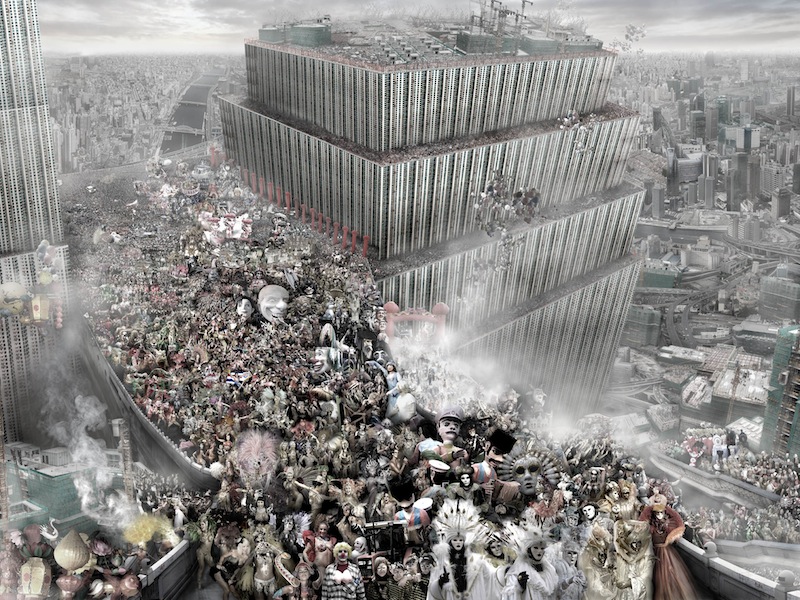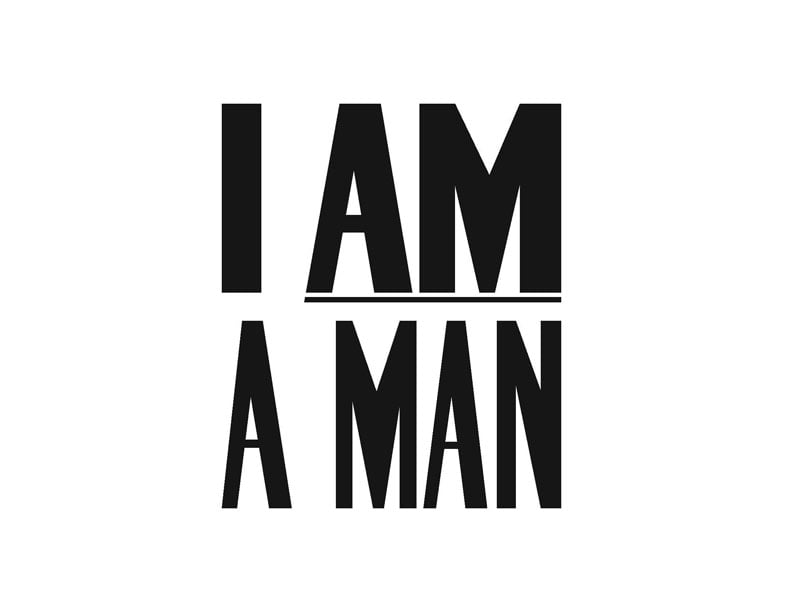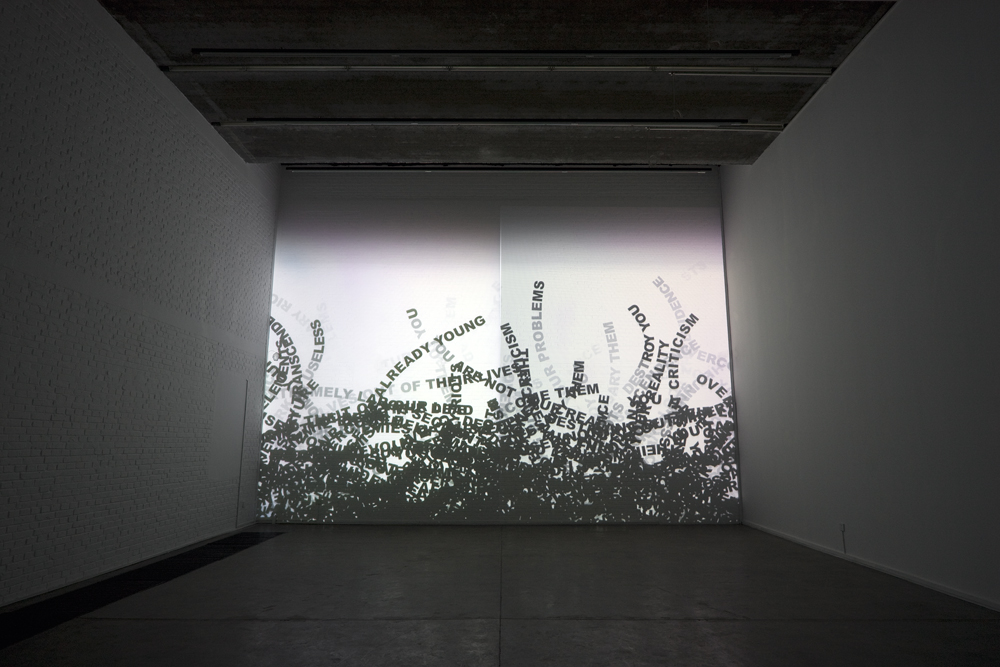603 Football Field
2006 - Film & Video (Film & Video)
Qing Zhang
603 Football Field presents a soccer game played inside a small student apartment in Shanghai. Installed like monitors fed by surveillance cameras, the videos present a voyeuristic entry into a private space, where two teams of men are scurrying around a bed, a desk, and some shelves in to score a goal, represented by a kitchen at one end and bathroom at the other. The game is furnished with complete uniforms, a referee, and a midfield line. Initially, the game appears as a whimsical solution to urban ennui. Yet, as the players shuffle the ball around, recklessly knocking down items in the apartment, the viewer begins to wonder if the indoor game marks the increase of air pollution, and the erasure of green space by real estate development has forced all leisure activity to be conducted in the prison of one’s apartment under surveillance.
Zhang Qing is a conceptual artist whose works deploy a variety of motifs and styles, at times dabbling in gender-bending photography and engaging in endurance-performances. Particularly, Zhang uses humor as an access point to expose the darker sides of capitalism in works such as Don’t Go So Fast (2009), social commentary on the state of economic disparity among social classes. His recent video installation and mixed media works has developed a sophisticated videographic language, exemplified by CCTV (2011) to address issues of state media, surveillance and privacy. Zhang considers China’s socio-political challenges to be unique to its own cultural-historical background and do not always translate or transfer well into foreign contexts. Thus, contemporary Chinese art can provide special visual entries into these complex socio-economic situations.
Colors:
Other related works, blended automatically

© » KADIST
Du Zhenjun
2010The Tower of Babel is an installation of large-format photographs that forces the audience to occupy a central position through its monumental scale...

© » KADIST
Du Zhenjun
2010The Tower of Babel is an installation of large-format photographs that forces the audience to occupy a central position through its monumental scale...

© » KADIST
Hank Willis Thomas
2012Like many of his other sculptural works, the source of I am the Greatest is actually a historical photograph of an identical button pin from the 1960s...

© » KADIST
Du Zhenjun
2010The Tower of Babel is an installation of large-format photographs that forces the audience to occupy a central position through its monumental scale...

© » KADIST
Xiaoyun Chen
2006The image of rusted nails, nuts and bolts as shrapnel sandwiched between a fried Chicken burger highlights the contrast between decadence and destruction...

© » KADIST
Hank Willis Thomas
2012Bread and Roses takes its name from a phrase famously used on picket signs and immortalized by the poet James Oppenheim in 1911...

© » KADIST
Hank Willis Thomas
2014Shot in black and white and printed on a glittery carborundum surface, Black Hands, White Cotton both confronts and abstracts the subject of its title...

© » KADIST
Yang Xinguang
2009Although seemingly unadorned at first glance, Yang Xinguang’s sculptural work Phenomena (2009) employs minimalist aesthetics as a means of gesturing towards the various commonalities and conflicts between civilization and the natural world...

© » KADIST
Hank Willis Thomas
2014South Africa Righteous Space by Hank Willis Thomas is concerned with history and identity, with the way race and ‘blackness’ has not only been informed but deliberately shaped and constructed by various forces – first through colonialism and slavery, and more recently through mass media and advertising – and reminds us of the financial and economic stakes that have always been involved in representations of race....

© » KADIST
Hank Willis Thomas
2013The image is borrowed from protests during Civil Rights where African Americans in the south would carry signs with the same message to assert their rights against segregation and racism...










